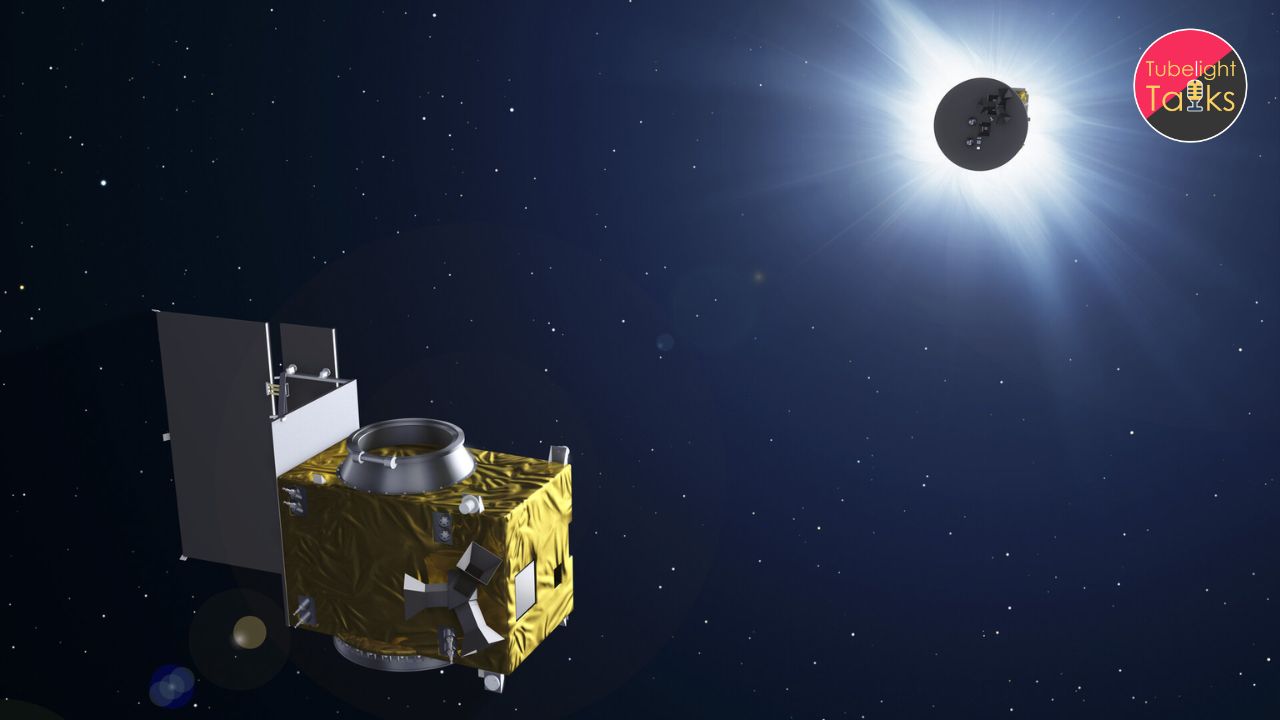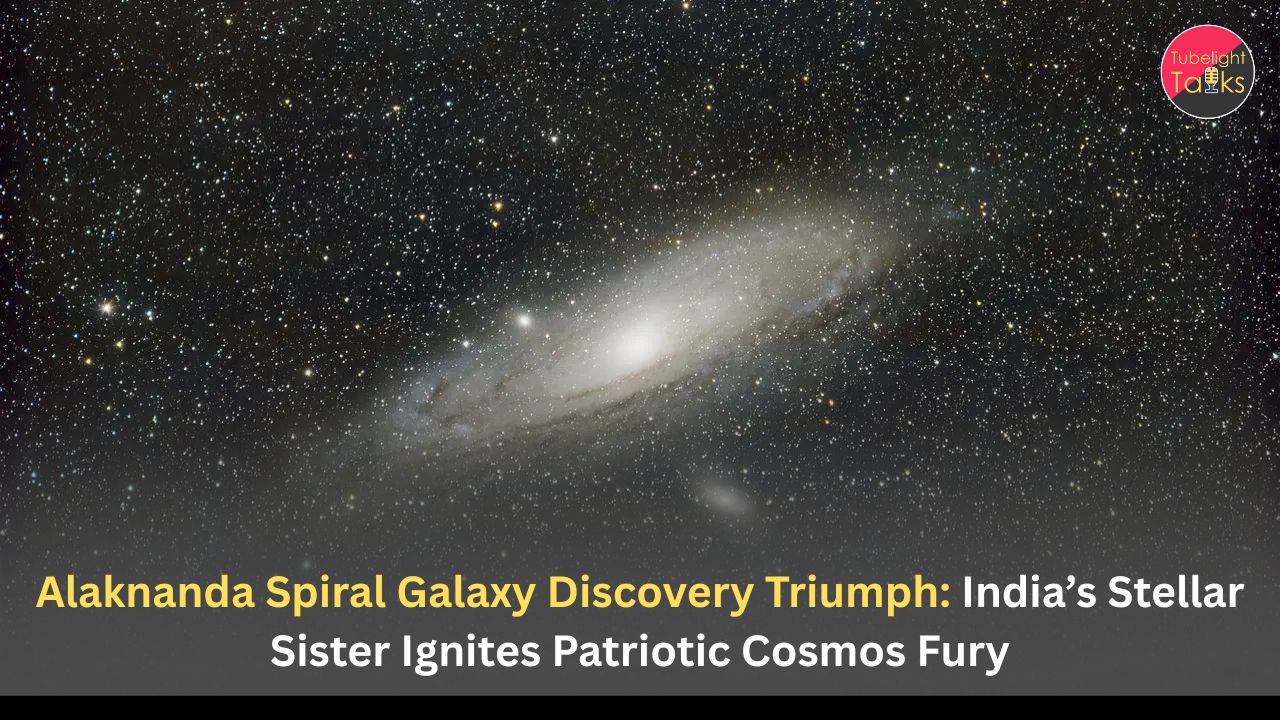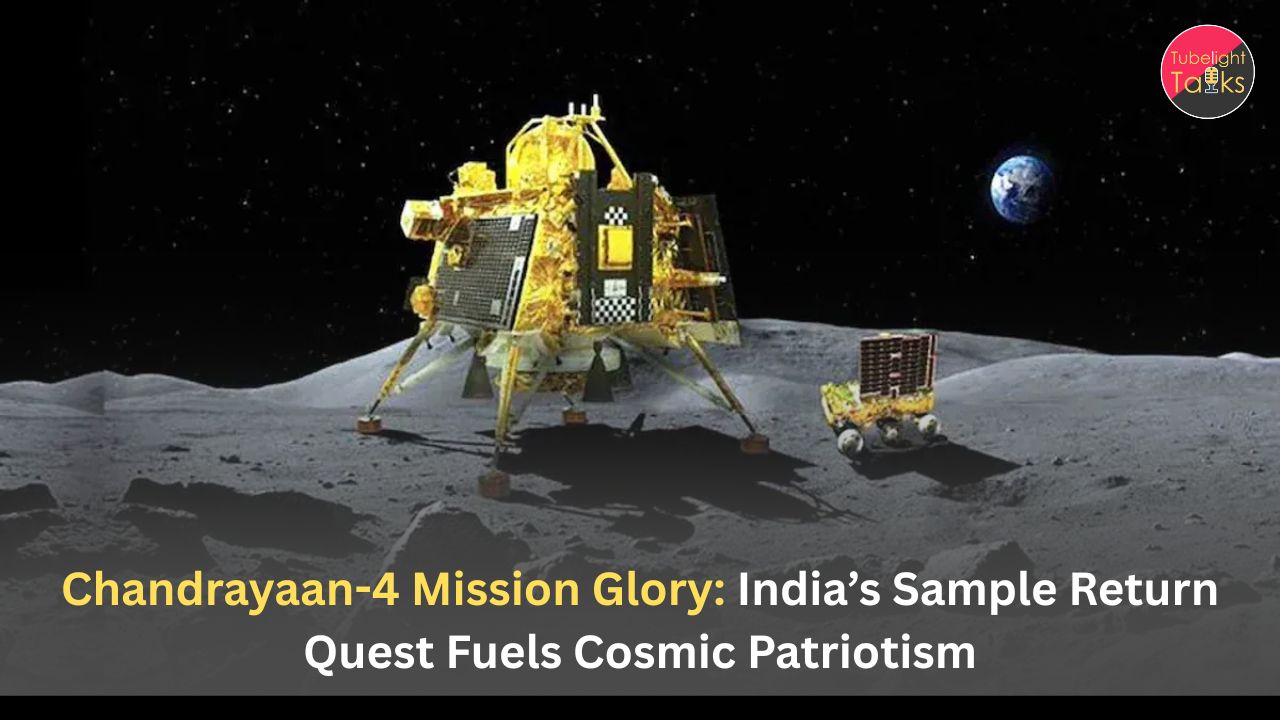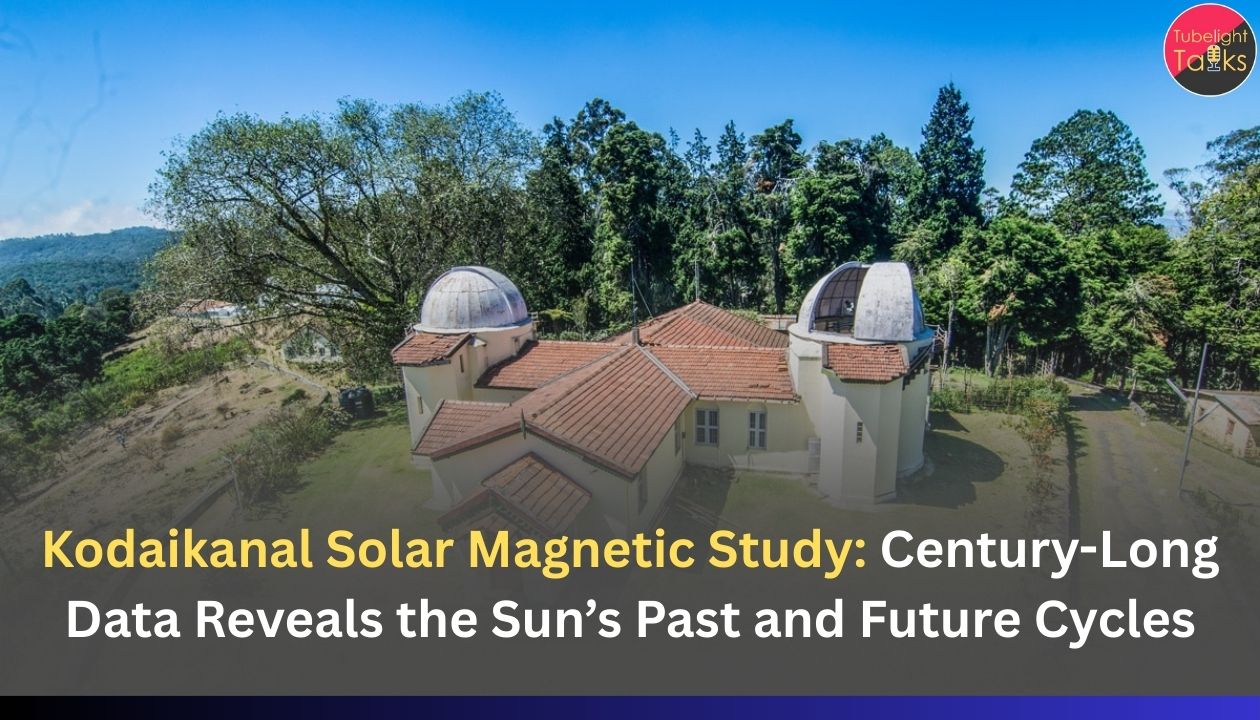The European Space Agency (ESA) developed this mission. The highlight of this mission is its Dual Probe demonstration technology. Recently, the satellite completed its test successfully and was sent to India, where it will be launched from the Satish Dhawan Space Centre. Almost every European country has contributed to the development of this satellite.
This mission is a collaboration between ISRO and ESA to resolve challenges and improve the satellite’s performance.
Working of the Satellite
As this mission involves formation flying, PROBA-3 satellites will use various methods to determine their relative positions. Additionally, RF links will be established between the two satellites for communication, enabling them to work more efficiently. PROBA-3 satellites are powered by efficient solar panels. They will also study various weather factors, which will benefit future satellites and improve weather predictions.
Purpose of the Mission
This is the fourth mission in the PROBA series conducted by ESA, which has been successful in the past. This mission will specifically focus on the study of the Sun’s faint corona. Additionally, it will be the first mission by ESA to perform precision formation flying with large satellites. Two satellites will operate with a considerable distance between them to explore the heating and processes within the Sun’s corona layer.
Concept of Formation Flying
PROBA-3 is the first space mission to use formation flying technology, which has presented several challenges. With its dual probe demonstration technology, it requires precise coordination, for which the concept of formation flying is employed. In this concept, multiple objects fly in synchronized coordination, a technique also used in military aviation. Large-scale formation flying has gained international attention for this mission.
Specifications
PROBA-3 includes a coronagraph to study the corona. The instrument, known as ASPIICS (Association of Spacecraft for Polarimetric and Imaging Investigation of the Corona of the Sun), is a 1.4-meter-diameter disc mounted on the spacecraft, along with a Lyot-style solar coronagraph system. The coronagraph spacecraft weighs 340 kg, while the occulter spacecraft weighs 200 kg.
Work of ASPIICS (Payload)
ASPIICS aims to address the scientific question, “Why is the solar corona hotter than the Sun?” The Sun’s corona will be closely examined and thoroughly studied thanks to its payload, which will look at the energetic corona, the heating processes that occur within it, and its structure.
Launch Event
The PROBA-3 mission is a collaborative effort between ISRO and ESA. This satellite, created by ESA, has been sent to India for launch by ISRO. Using the PSLV-XL C-59 launch vehicle, it is anticipated to take out from the Satish Dhawan Space Centre on November 29, 2024. These satellites’ ground stations will be situated in Redu, Belgium. The antenna for the expedition will be located in the Azores near Santa Maria.
Conclusion
Due to its large-scale formation flying concept, the PROBA-3 mission will be a milestone in space exploration technology. In addition to studying the Sun’s corona, it will capture close-up images and analyze space weather factors, contributing valuable information for future space missions.
FAQs
- Who designed the PROBA-3 spacecraft?
Ans: The PROBA-3 spacecraft was designed by ESA (European Space Agency). - Where will the PROBA-3 spacecraft be launched from?
Ans: The Satish Dhawan Space Centre. - Which launch vehicle will be used in the PROBA-3 mission?
Ans: The PSLV-XL C-59 of ISRO will be used. - When will the PROBA-3 mission be launched?
Ans: The PROBA-3 spacecraft is expected to be launched on 29 November 2024 (not the confirmed date).










